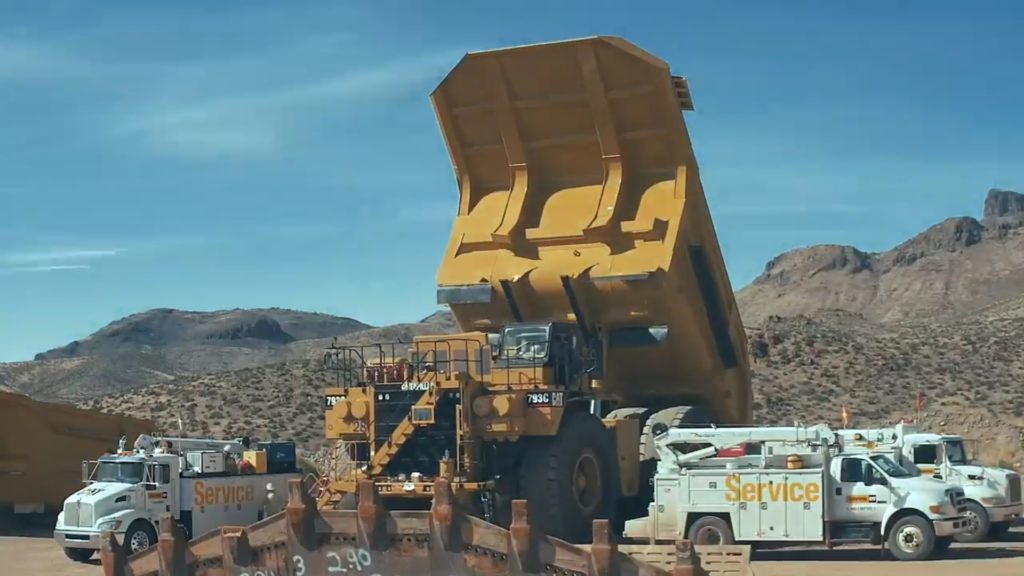Successful innovations in mining, processing and reporting saw Freeport-McMoRan’s Americas division significantly outperform greenhouse gas (GHG) emission reduction targets in 2019, the company has reported in its annual sustainability publication.
On an absolute basis, the division’s total GHG emissions for this part of the business remained stable at 4.8 Mt, which was 30% lower than the company’s “Business As Usual” projections, while, on an intensity basis, Americas’ performance improved significantly with carbon intensity per metric tonne of copper produced decreasing by 18% versus 2012 levels and coming in 30% lower than Business as Usual.
The company said, in 2019, the Americas division undertook a significant effort to analyse its GHG emissions in the Americas back to 2012.
This work enabled it to identify “levers” for change in the future and reaffirmed its approach to asset optimisation and processing innovation.
Over the last decade, the division, which includes assets such as Morenci and Cerro Verde, has developed and implemented industry leading technologies for leaching of oxide ores, implemented step change crushing technologies that reduce energy demand by over 30% per tonne of milled material and developed a new, highly efficient process for leaching sulphide concentrates that replaces traditional smelting and refining, it said.
“We also have implemented an asset management strategy where we rebuild engines, frames and truck beds, resulting in the reuse of approximately 70% of a typical haul truck,” it added.
The latter’s net result is over $1 billion in capital avoidance, and an estimated GHG emissions avoidance of 325 t of CO2 equivalent per truck, or more than 150,000 t in the last decade, the company said. This is based on the rebuild of 465 haul trucks that the company has carried out with Caterpillar dealer Empire Cat.
“In addition, the gradual decarbonisation of country-level energy grids, combined with specific power purchase contract terms for renewables, allows us to maintain our focus on lowering operating costs while reducing the amount of GHGs emitted per metric tonne of product,” Freeport said.
Between 2012-2016, ore grades at the company’s Americas operations decreased, requiring more ore to be both moved and processed to produce the same amount of copper. This resulted in emissions climbing during the period.
However, the company took the following actions which countered its increasing emissions trend.
In 2014-2016, it installed new highly efficient milling technology (high pressure grinding roll technology) at Morenci and at Cerro Verde, which enabled significant improvements in absolute emissions intensity as well as significant production gains at both sites, it said.
From 2014 through to 2019, the company also saw a significant decrease in the carbon intensity of its electricity consumption due to Peru and Arizona grid decarbonisation trends.
In 2018, meanwhile, advances in information allowed the company to switch to a “market-based approach” for a significant portion of its delivered electricity, enabling Freeport to reflect actual emissions versus estimates calculated using the standard published grid factors provided by regulators.
Looking forward, the company said it expected to achieve similar success as it did in the last decade at its Americas operations.
“We have set a corporate target to achieve an additional 15% reduction in carbon emissions per metric tonne of copper produced in the Americas by 2030, using a 2018 baseline,” it said.
“Over the next several years, the company will be focused on recovery from COVID-19 impacts by maintaining safe and financially viable operations as well as supporting the economic recovery of the communities where we operate.
“As business conditions allow, we will look for opportunities to invest in innovative mining and processing technologies as a means of working towards our 2030 emissions reduction goal, as well as to further develop our climate change strategy.”
In total, Freeport saw its Scope 1 and Scope 2 emissions (combined) drop from 10.1 Mt of GHG emissions in 2015 to just over 8 Mt in 2019, the report showed.











